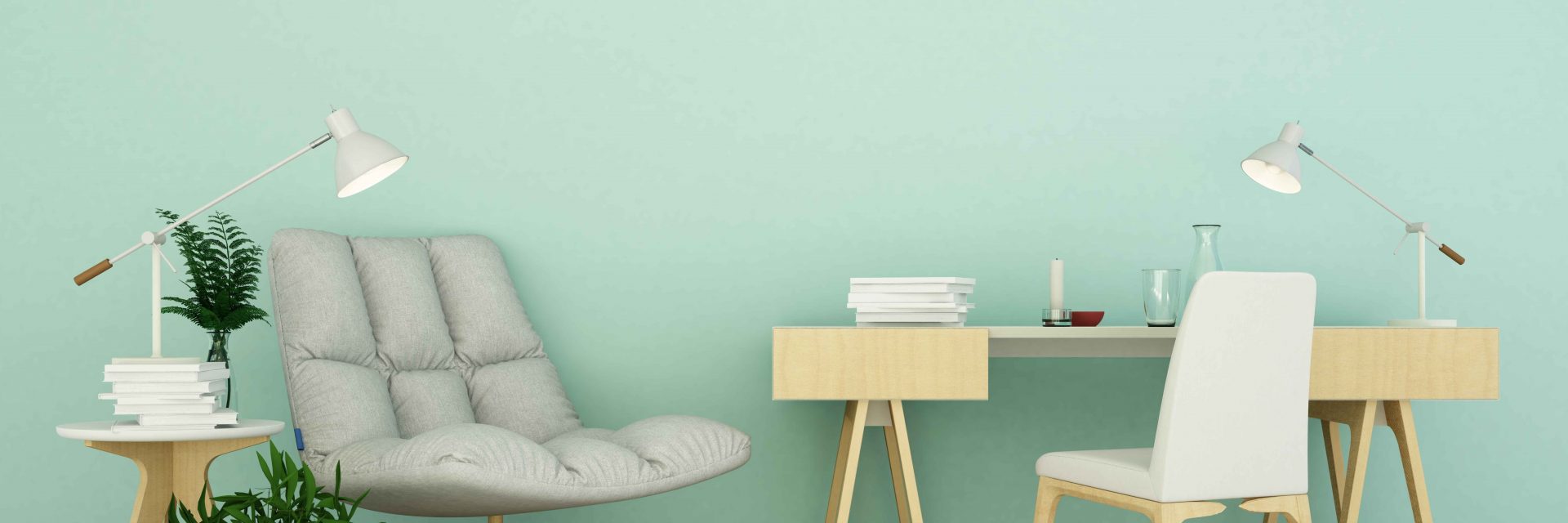Outfit Your Wall Surfaces For Painting Utilizing Important Tips And Methods That Promise A Beautiful Surface-- Discover The Main Actions To Improve Your Task
Outfit Your Wall Surfaces For Painting Utilizing Important Tips And Methods That Promise A Beautiful Surface-- Discover The Main Actions To Improve Your Task
Blog Article
Material By-Binderup Dillard
When you're prepping your wall surfaces for paint, it's critical to follow a methodical procedure to make sure a remarkable surface. Start by analyzing the wall surface for any type of damages; this action can make or damage your task. As soon as you've recognized any problems, cleaning up the surface area effectively is important, as a dirty wall can impact paint attachment. Afterwards, you'll require to patch any kind of flaws and use a primer. However there specify techniques and ideas that can elevate your preparation video game-- allow's check out those additional to achieve the very best results.
Assessing Wall Problem
Before you get your paintbrush, take a minute to assess your wall surfaces' problem. Check for any kind of noticeable damages like splits, openings, or peeling paint. These flaws can affect exactly how the paint sticks and looks once it's completely dry. If you notice any kind of significant damages, you'll require to prioritize fixings before diving into paint.
Look closely at the texture of your wall surfaces. Is the surface smooth, or is there structure that might need unique consideration? Smooth walls normally need much less preparation, while distinctive surface areas may need even more time to paint equally.
Also, think about the previous paint task. If the old paint is shiny, it mightn't enable brand-new paint to stick properly. You'll wish to know if your walls have been repainted with oil-based or water-based paint, as this can influence your option of primer or paint.
Ultimately, keep in mind of any wetness issues. If you see indicators of water damage or mold, address these troubles right away to prevent more difficulties.
Cleansing the Surface
Once you've assessed the condition of your walls, the following step is cleansing the surface area. Begin by gathering your supplies: a container, warm water, a moderate cleaning agent, a sponge or cloth, and a scrub brush for harder spots.
Begin at the top edge of the wall surface and function your way down. Mix the detergent with warm water in your pail, then dip the sponge or fabric right into the solution. Wring it out to prevent extreme dampness on the wall surfaces.
As you clean up, pay attention to areas that might've collected dirt, grease, or finger prints. For https://interior-home-painters-ne56987.wizzardsblog.com/33218449/turn-your-home-right-into-an-advanced-sanctuary-by-utilizing-trending-indoor-paint-shades-discover-the-straightforward-steps-to-boost-your-area , make use of the scrub brush delicately to prevent harming the paint underneath. Wash your sponge or cloth often in tidy water to avoid spreading dust around.
After cleaning, it's important to clean the wall surfaces with a damp towel to remove any type of soap residue. This step ensures a smooth surface area for the new paint to stick to.
Permit the wall surfaces to completely dry totally before going on to the next prep work actions. This detailed cleaning procedure will certainly help produce a fresh canvas for your painting project, making sure the most effective outcomes.
Patching and Priming
Patching and priming are essential action in preparing your walls for a fresh layer of paint. Initially, inspect your walls for any holes, fractures, or flaws. Use go to website spackling compound or patching paste to fill these locations.
Apply the compound with a putty blade, smoothing it out so it's flush with the bordering surface area. Enable it to completely dry completely, and after that sand it lightly until it's smooth and also.
Once you've patched whatever, it's time to prime. Guide aids seal the patched areas, ensuring the paint adheres appropriately and supplies an uniform finish. Pick a primer suitable for your wall type and the paint you'll be making use of.
Apply the primer using a roller for larger locations and a brush for edges and sides. If your covered locations are significantly large or porous, you could want to apply a second layer of guide after the very first one dries out.
After priming, allowed whatever completely dry extensively prior to moving on to painting. This preparation will not only improve the look of your walls but likewise lengthen the life of your paint task.
Take your time, and you'll be pleased with the results.
Verdict
By adhering to these straightforward steps, you can achieve a smooth and professional finish on your wall surfaces. Beginning by assessing their problem, then tidy and patch any kind of blemishes before using primer. Bear in mind to enable adequate drying time and make sure whatever is smooth before you dive into painting. With the right preparation, you'll establish the stage for a gorgeous makeover in your space. Now, collect your supplies, breathe in the fresh air, and prepare yourself to repaint!
